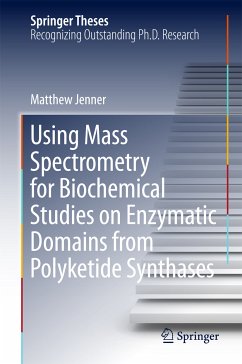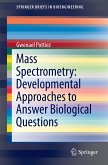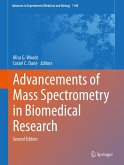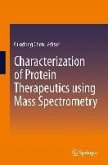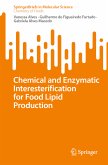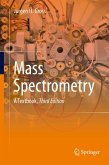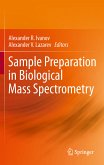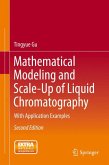This thesis reports studies on the substrate specificity of crucial ketosynthase (KS) domains from trans-AT Polyketide Synthases (PKSs). Using a combination of electrospray ionisation-mass spectrometry (ESI-MS) and simple N-acetyl cysteamine (SNAC) substrate mimics, Matthew Jenner has successfully studied the specificity of a range of KS domains from the bacillaene and psymberin PKSs with regard to the initial acylation step of KS-catalysis. The findings in this thesis provide important insights into mechanisms of KS specificity and show that mutagenesis can be used to expand the repertoire of acceptable substrates for future PKS engineering. The documentation of this research is a useful reference and guideline for students starting a PhD in this field.
Dieser Download kann aus rechtlichen Gründen nur mit Rechnungsadresse in A, B, BG, CY, CZ, D, DK, EW, E, FIN, F, GR, HR, H, IRL, I, LT, L, LR, M, NL, PL, P, R, S, SLO, SK ausgeliefert werden.

